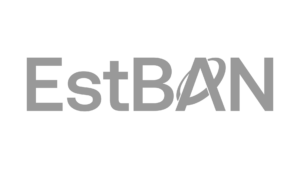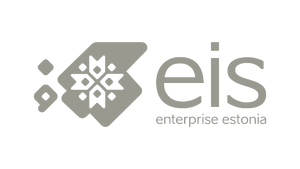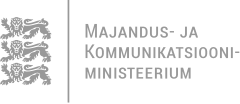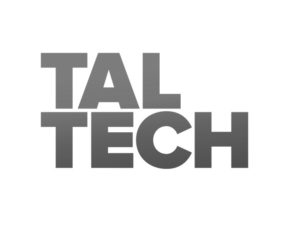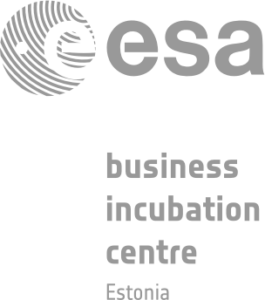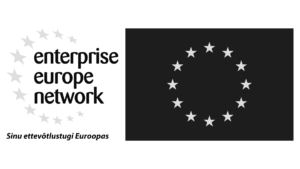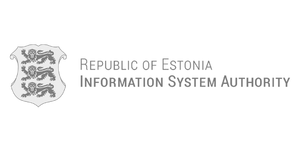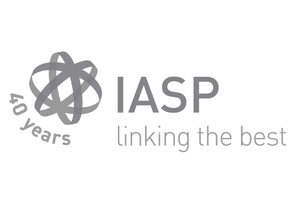30.08.2021
Hard-working bees collected over 100 kilograms of honey into Tehnopol’s smart beehives
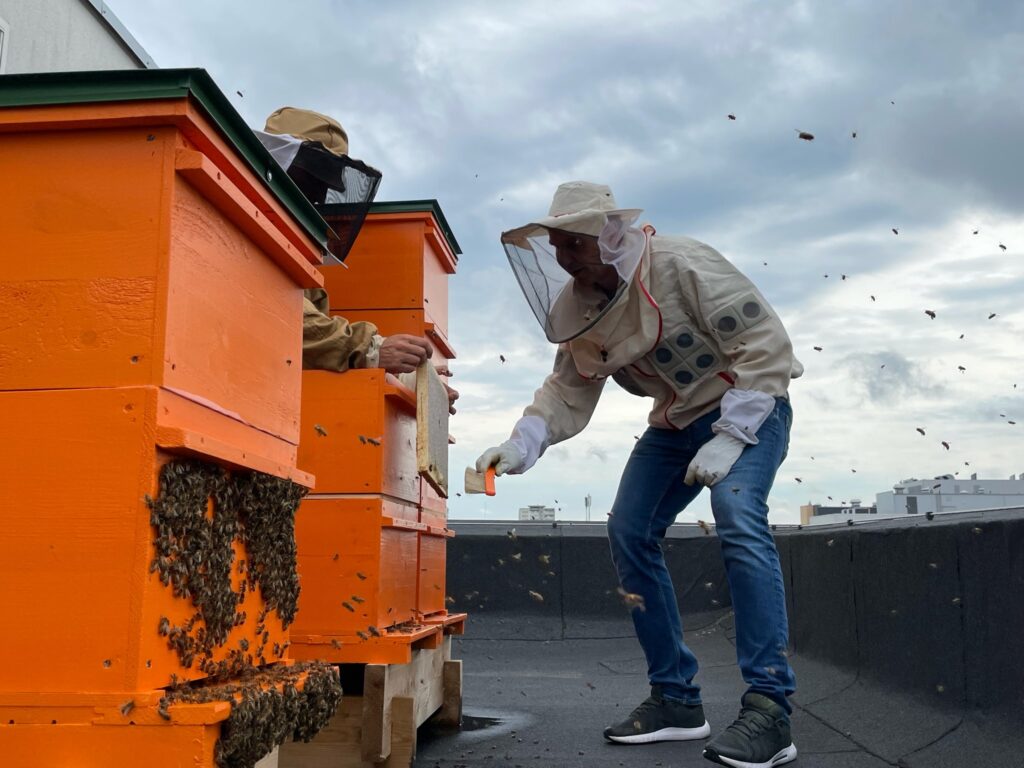
When we announced in spring that the science and business park Tehnopol teamed up with MÖMesi and Aiotex to install a couple of smart beehives in the campus, it caused a lot of excitement. Last week it was finally time to collect the honey and the harvest was quite sweet – more than 100 kilograms of honey!
Three beehive boxes were installed on the roof of one of the building’s in the campus. The beehive boxes were equipped with sensors developed by Aiotex. Thanks to their technology, it was possible to observe the temperature, humidity, CO2 level, VOC, surrounding light and sound, and air pressure of the beehives. Solar panels were used to produce electricity for the beehives.
Smart beehives as a good example of the campus being a testing ground
Last week it was time to collect the honey and the harvest was very good. Ragmar Saksing, the manager of Tehnopol’s greentech cluster, said that Tehnopol has been a testing platform for innovation since it was established, and thus has helped to solve many serious problems. “If a beekeeper has numerous beehives, it is hard to keep track of the well-being of the bees. The new technology that we tested at Tehnopol, makes it remarkably faster and easier,” said Saksing.
Allan Liht, the beekeeper from MÖMesi, added that since Tehnopol included the scientists from Tallinn University and the Estonian University of Life Sciences, then hopefully the scientists can track some profound issues, like the spread of illness inside of the beehives, and this could hugely help the beekeepers.
Liht said that one aim of this project is to make beekeeping in the city more popular. “The city environment is often good enough for beekeeping. The flight radius of the bees is about three kilometres and since there are plenty of blossoming trees, bushes and other plants in the city, the bees have plenty of options where to collect honey,” said Liht.
Urmas Eero, the CEO of Aiotex that provided the technical solution, said that the pilot project allows the company to test their solution a new environment.
“This project was a good example for us about how an innovative approach and technology allows us to solve complex problems with simple means. Usually our sensors, devices and cloud platform are used to monitor the indoor climate of factories or homes, now we combined them both – bees being the inhabitants and workers,” said Eero.
The data collected by the sensors will now go to the scientists of Tallinn University and the Estonian University of Life Sciences. The scientists will try to find patterns that would tell us whether there have been any significant changes in the living conditions of the bees. The scientists will also receive some honey to analyse the composition of the so-called city honey.


